In this week’s episode, Beth Golik humbly shares about a time that we, Key Ministry, blew it. (On social media no less). Learn how you can easily avoid the same mistake.
Listen in your favorite podcast app!
Quick Links:
Braille Works – How to Write Amazing Alt Text
@neorsd – NE Ohio Regional Sewer District Twitter Account
Key Ministry Video Roundtable Catalog
Transcript:
Welcome to Key Ministry: The Podcast. I’m Beth Golik, one of your co-hosts, and today I want to humbly share with you about a time that we, Key Ministry, blew it. On social media no less.
A few weeks ago, we shared an image on Twitter, along with some hashtags such as #DisabilityMinistry, #Inclusion, and #Belonging. A follower replied to that tweet with an emoji of a person walking with a probing cane—representing a blind person—and stated it was “ironic that they had to make an #AltTextRequest to this account”.
Well, that triggered another Twitter account—the @AltTextRequest account—to respond by providing a description of the graphic along with this tweet: “Amazing how many people claim to be inclusive and yet don’t use the easiest accessibility tools!”
Ouch. But, thank you.
This gave our organization the opportunity to learn and improve and now we can use that experience to help others increase awareness about making their social media platforms more accessible.
So what is alt-text and why should we use it?
People with low-vision, blindness, and other visual disabilities do use social media platforms, including those with high visual content such as Instagram. Screen readers and other assistive technology will read aloud text and image descriptions, making the content accessible.
So you can include a description of the image you are posting right in the body of the post and all your users, those who can see the image and those who can’t, have access to that description. But there’s another tool, that’s easy to use, that is specifically for screen readers to translate images to text. Alternative text, known as alt-text, is a description that is invisible except to those using screen readers.
So what makes good alt-text?
Picture your favorite meme. Now, pretend you are talking on the phone describing this meme to a friend who has never seen it. That’s basically how you’ll want to describe an image using alt-text.
Here are some tips for you that I learned from BrailleWorks.com. I’ll share a link in the shownotes for this episode which you can access at keyministry.org/podcast.
There are some things that don’t need to be included in alt-text.
-
You don’t need to include the words “picture of…” or “this is an image of…” in your description. Just jump right into the description.
-
Usually colors and shapes aren’t important to the message you are trying to convey and don’t need to be included.
-
If the image is purely decorative, like the border around text, it does not need to be described.
But there are some things that should be included:
-
If there’s text on the image, whether it’s a meme or an ad, that text needs to be part of the description, too.
But how do you actually do alt-text?
Some platforms do it automatically, although you’ll probably want to check to make sure that the description really completely captures the image. A quick Google search can help you navigate how to add or edit alt-text for all the various social media platforms. For Twitter, for instance, you can click on the +ALT button after you’ve uploaded an image and before you’ve posted. Don’t forget that images you share in emailed newsletters and images posted on your website need alt-text, too.
If you want to see alt-text in action, next time you’re on Twitter, I want you to visit one of my favorite accounts and you can click on the little ALT designation in the bottom left-hand corner of any of their images to read a description. They do a really great job with alt-text. Are you ready? You have to check out @neorsd which is the NE Ohio Regional Sewer District. I know, I know, you’re probably thinking you don’t need to follow a sewer district’s Twitter account, but trust me on this one. Enjoy. And you’re welcome.
If you’re listening to this podcast episode shortly after it drops, then I invite you to join us for a conversation on Wednesday, November 16, 2022 at noon eastern. The topic is “Inclusive Design in Social Media: Best Practices for Creating Social Media Content that is Accessible to Those with Vision and Hearing Differences.” Alt-text is definitely going to be part of that conversation, but there’s so much more; I really hope you will join us. You can sign up at keyministry.org/events. We especially encourage folks who use screen readers or other adaptive technology as part of their everyday experience to be part of the conversation. We all can best learn by asking the experts: the people with disabilities.
We will record that video roundtable, so if you miss that conversation, be sure to catch the recording on our Vimeo or YouTube channels or at keyministry.org/video-roundtable. Hey, while you’re on that page, go ahead and check out some of the other roundtables you may have missed. Lots of good information from your fellow ministry leaders.
Thanks for joining me today to learn about alt-text which is just one way of making your social media posts more accessible. If you found this helpful, please give it a five-star rating and share on your own social media or recommend it to a friend. And don’t forget to subscribe so you don’t miss an episode of Key Ministry: The Podcast.











